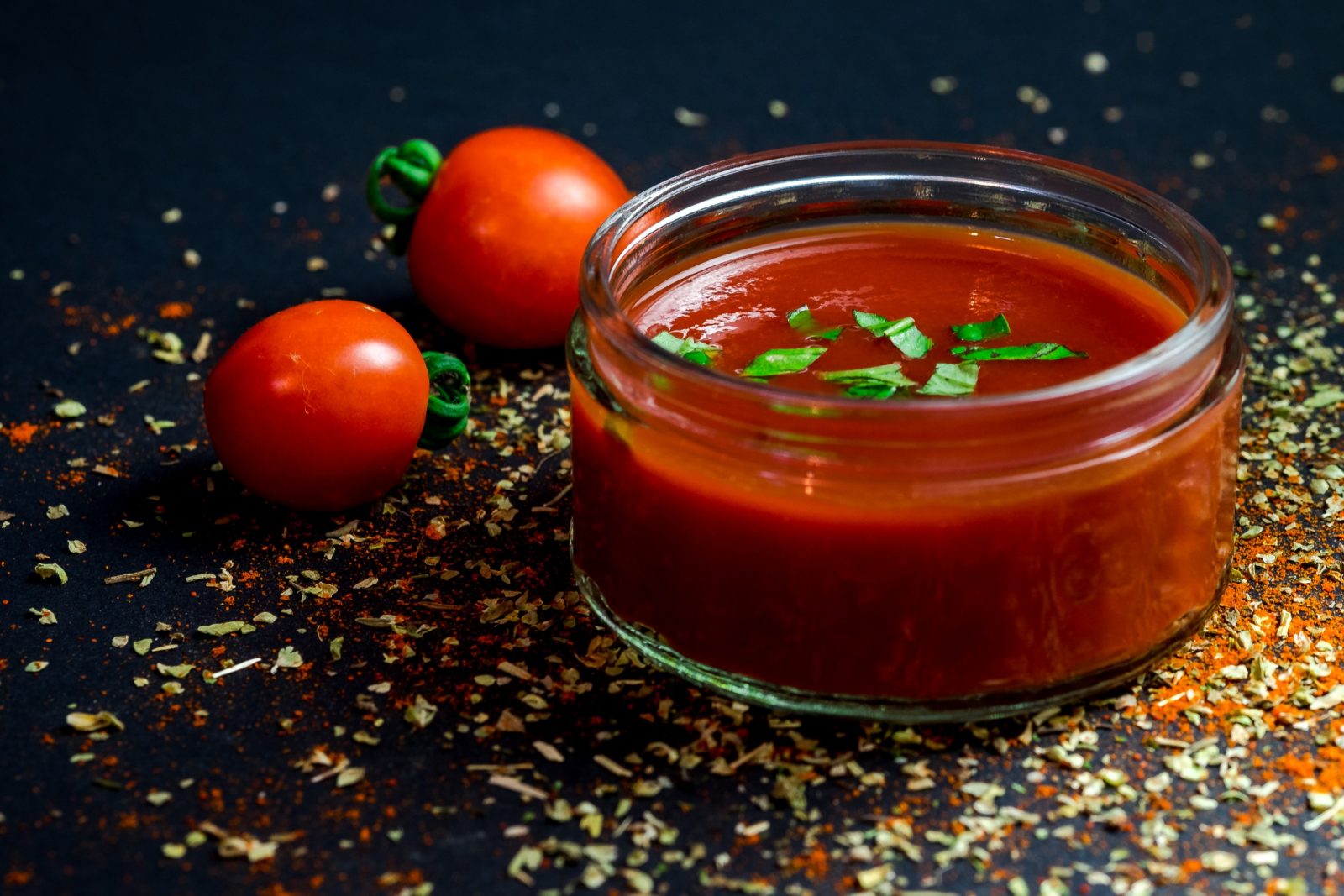There are tomatoes of an intense red, others of a yellowish color, there are oval or round shapes. Some varieties have a thick skin, others thinner. There are very small and larger ones. The tomato varieties are varied and all equally healthy, tasty and versatile and allow us to prepare delicious dishes and incredible recipes. Now, not everyone agrees to eat a tomato every day … Some common thoughts are: “And if it causes acidity? What if you get migraines, headaches or joint pain? ” The daily but balanced consumption of tomatoes not only improves health but also the quality of our dishes and the foods we eat. However, there is something to be reckoned with: organic tomatoes must always be consumed and if you use tomato sauce or tomato sauce, prepare it with a little olive oil.
When cooked, the tomato increases its antioxidant power, so do not hesitate to eat it every day. The tomato contains a lot of fiber, as well as potassium, vitamin C and choline (a type of vitamin B). All these elements reduce the risk of suffering from cardiovascular diseases.
Potassium, for example, is ideal for regulating blood pressure and avoiding the danger associated with ischemic diseases.
On the other hand, the lycopene in the tomato regulates the levels of bad cholesterol (LDL) and triglycerides in the blood. Let’s not forget that this kind of lipids is responsible for the main cardiovascular diseases, in fact, they lead to the slow but progressive accumulation of fats in the blood vessels.
Raw or cooked? How is it better to consume some of the main vegetables that we bring to our tables like tomatoes?
Common sense suggests consuming some vegetables both raw and cooked, when possible, to follow seasonality as much as possible and to always keep our menu very varied. Remember that cooking greatly reduces the folic acid and vitamin C content of vegetables. Here are some useful tips on this subject.
The idea that cooking food irreparably damages the nutrients, impoverishing them from the nutritional point of view, is true, but not in all cases.
This statement is valid for example for foods that contain thermolabile vitamins, such as C, whose heat is lost more than half of the content on average. However, most of the vitamins are not sensitive to heat and if you use short cooking (such as steaming or lightly scalding), there is no major risk of dispersion.
Indeed, it should be remembered that some foods, thanks to a light cooking, simply become more absorbable than their natural version, while others even change their composition or release some specific properties.
In fact, there are cases in which the action of heat is essential to help us make the best use of the various nutrients present in the foods we bring to the table. In some foods, nutrients become available better thanks to cooking. This is particularly true for antioxidants, for example.
So, how is the best way to consume tomatoes?
Raw and cooked. The same speech made for carrots also applies to tomato, if our goal is to increase the supply of lycopene. Lycopene, in fact, is an antioxidant substance that frees itself more when lightly cooked. Consuming raw tomatoes instead guarantees the contribution of vitamins that would deteriorate with heat.
